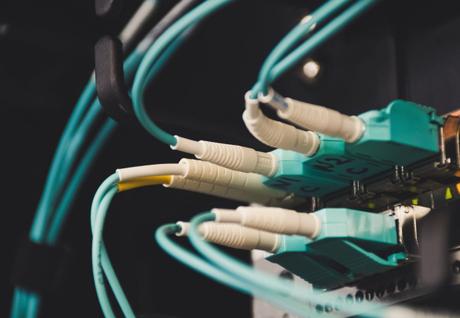A wire harness is a set-up of wires or cables, each having their protective sheath or jackets tied into a single wire. The three primary components of every wire harness are all the same although wire harness may vary when it comes to design due to its applicator or system requirements.

These fundamental parts are wires, terminals, and connectors. The kinds of terminals and connectors utilized in wire harness directly determine the stability, reliability, and the overall performance of the harness. Thus, the latter two main parts are known as the backbone of the wire harness.
Now, let us focus on the attributes of connectors. Wire harness connectors are for joining subsections of circuits together. In general, they work to disconnect the subsections where it may be desirable in future time. For instance, peripheral connections, power inputs, or boards that might need replacing.
In getting familiar with connectors, one must know the terminologies that describe a connector.
The gender of a connector pertains to either a male or a female. If a connector plugs in, it is a male. If a connector is plugged into, then it is a female. However, there may be cases where a connector is a male but appears to be female.
More often than not, connectors connect in one orientation. This feature is what experts define as polarity. The connectors that have the means to prevent them from wrongly joined are polarized or sometimes stated as keyed.
The contacts are the business part of the connector. They are the metal parts that touch each other and forming an electrical connection. This phase also shows the occurrence of the problems. The contacts can get stained or oxidized, or the malleable condition required to hold the contacts together may deteriorate in time.
The connectors consist of an array of contacts in a repetitive sequence. The pitch of a connector is the distance from the center of one contact to the center of the next contact. This part is essential due to a variety of contacts that may look similar, only to find out they have a different pitch. Checking first before purchasing will save you time and money in purchasing the correct mating connector.
The connectors have a finite life, and multiple times of connecting and disconnecting them are the reason that wears them down. A USB connector could have a lifetime in the tens of thousands of cycles, whereas a board-to-board connector designed for consumer electronics can be limited to tens of cycles. This reflects the realization that one must select the right connector with a suitable life for the application.
The term "mount" can define different things. It can refer to the connector mounted in use, like panel mount, free-hanging, or board mount. Another, it can pertain to the angle of the connector related to its attachment, such as straight or right-angle. Also, it can indicate mechanical attachment, namely solder dab, surface mount, or through-hole.
The electrical connection may tend to be somewhat fragile whenever a connector mounts to a board or cable. It is usual to give a strain relief to allocate such forces acting on the connector to a better mechanically sound object than the fragile electrical connections.
After familiarizing oneself with terminologies, here are the types of connectors.
USB connectors come in two types, host and peripheral. One cannot connect a host to another host in the same manner that a peripheral cannot link to another peripheral. All USB connectors have the following things in common, namely polarization, shielding, robust power connection, four contacts, molded strain relief.
Although many connectors transmit power in addition to data, some connectors are specific for providing power connections to electronic devices. These connectors have an extensive range by application and size.
The barrel connectors found on low-cost consumer electronics are widely available. These connectors are common to see being plugged into wall power adaptors. The wall adaptors are available in a variety of voltages and power ratings.
A Molex connector is for power connection that most computer hard drives, optical drives, and other internal peripherals need. The name "Molex" came from the manufacturer's company name who designed the connector back in the 1950s.
An IEC connector usually pertains to the power supply inlet, which is seen on desktop PC power supplies.
A pin header connector has different means of connection. In general, one side is a series of pins that can be either at a right-angle or parallel. This type of connector has a wide range of pitches and has several individual rows of pins.
These temporary connectors are screw terminals, spring terminals, banana connectors, alligator clips, and IC clips.
A connector has a significant role to play in wire harness since it is among its three main components. As wire harness is the vein of multiple industries, a connector is the backbone of such enterprises' integral core.
Therefore, it is crucial to have a better knowledge of the basic terminologies and types of connectors. This learning will be handy to have a good idea which connectors are best suited for specific applications and which will come in handy when you need one.
